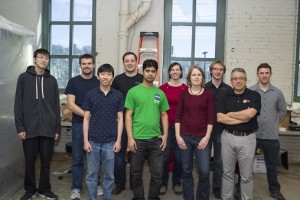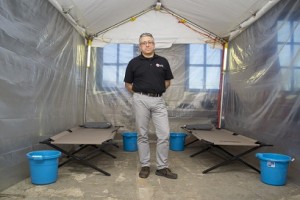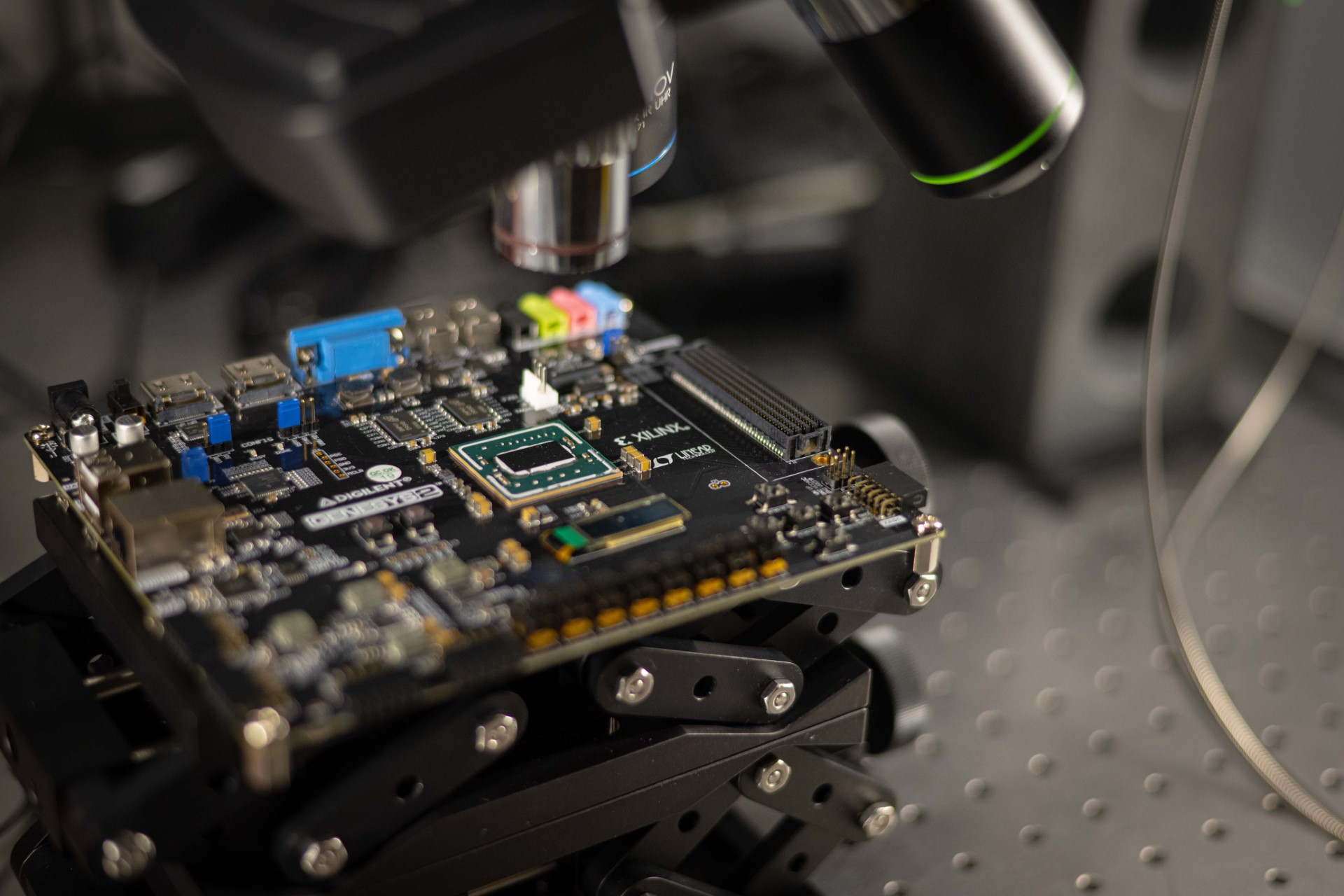Identified as an Ebola innovator by the White House, Padir was one of a select group of investigators invited to present at the event’s Innovations Fair. His presentation specifically focused on the current state of his work, funded by a National Science Foundation Rapid Response Research award to develop a medical cyber-physical system (CPS).
“I was honored by this invitation and appreciated the opportunity to continue the dialogue with my colleagues from around the country,” Padir said. “We all agreed that it is vital that we persist in the effort to identify and adapt new and existing technologies for use in the response to disease outbreaks, as well as to natural and manmade disasters. As the confirmed cases in the current Ebola outbreak continue to decline, this is now the time to take bold steps to innovate new solutions to fight against the next epidemic.”
The CPS project aims to incorporate a host of smart technologies into an actual mobile treatment unit. This integration will maintain portability, while improving the delivery of care—and decreasing the risk of contamination—for patients and clinicians. Since December 2014, Padir and his WPI colleagues have collaborated with medical professionals on the design of the new facility.
As part of the project, the WPI team is outfitting an actual mobile treatment tent with adapted versions of a number of emerging technologies.
Current technologies being studied:
- Pressure-sensitive mats (to detect the location of patients and workers)
- Bluetooth low-energy localization beacons and microwave and infrared motion sensors (for surveillance and to detect breaches of patient isolation protocols)
- Wireless communication networks panning infrared cameras (to remotely monitor patient temperatures)
- Barcodes and other tracking methods for equipment and consumables
- A telemedicine interface to enable medical staff and family members to interact with patients without contacting them
According to Padir, “The CPS represents a holistic approach to the delivery of care. With this technology integrated into an affordable, mobile unit, we have significant potential to offload repetitive tasks and provide comprehensive monitoring so that doctors and nurses can focus on those crucial human interactions that enhance the quality of treatment.”
He also noted that the notion of developing smaller-scale Ebola treatment units that can be utilized in rural areas was a focus of discussion among the conference participants.

Professor Taskin Padir and his team.
“Medical and humanitarian experts at the conference commented that large Ebola treatment facilities have been shutting down, now that the current outbreak seems to be contained,” he says. “But, until there are zero reported cases, there is still a need to deploy eight- to 10-bed medical tents. We believe that our designs for treatment units equipped with medical CPS technologies will potentially have a broader impact at this phase of the outbreak.”
Padir’s WPI collaborators include Michael Gennert, professor of computer science and director of WPI’s Robotics Engineering Program; Sonia Chernova, assistant professor of computer science; Jeanine Skorinko, associate professor of psychology; and PhD candidates Vinayak Jagtap and Velin Dimitrov.
This is WPI’s second collaboration with the OSTP in the response to Ebola. In November 2014, WPI hosted the Symposium on Advancement of Field-Robots for Ebola Response (SAFER), attended by medical experts, robotics researchers, and industry leaders.
Immediately following the SAFER program, WPI participated in a separate invitation-only Safety Robotics for Ebola Workers workshop in collaboration with the OSTP, Texas A&M University, and University of California, Berkeley. The symposium and workshop aimed to identify best practices for disaster robotics.
 To further these efforts, the White House Office of Science and Technology Policy (OSTP) invited WPI assistant professor of electrical and computer engineering Taşkin Padir to present and participate at the “Innovation on the Edge: Accelerating Solutions in the Fight against Ebola” conference.
To further these efforts, the White House Office of Science and Technology Policy (OSTP) invited WPI assistant professor of electrical and computer engineering Taşkin Padir to present and participate at the “Innovation on the Edge: Accelerating Solutions in the Fight against Ebola” conference.

